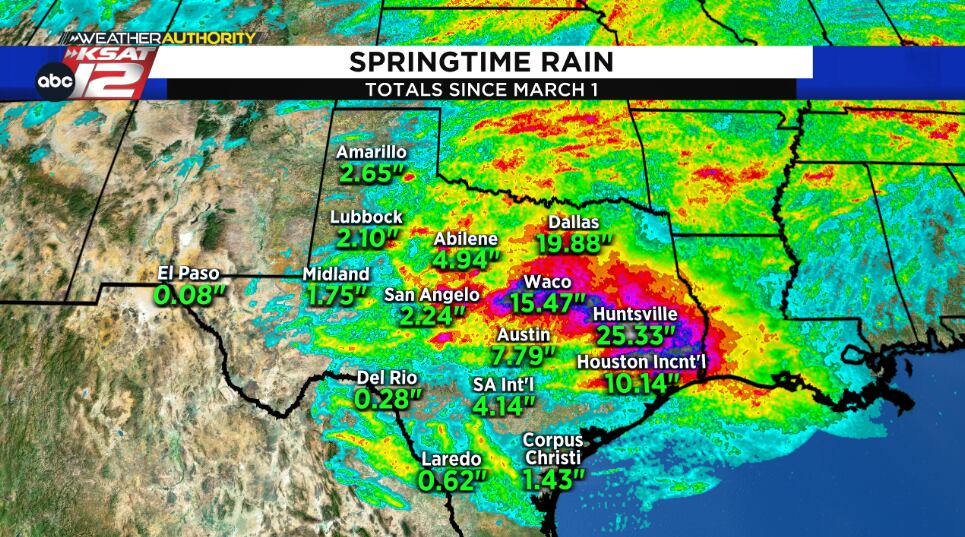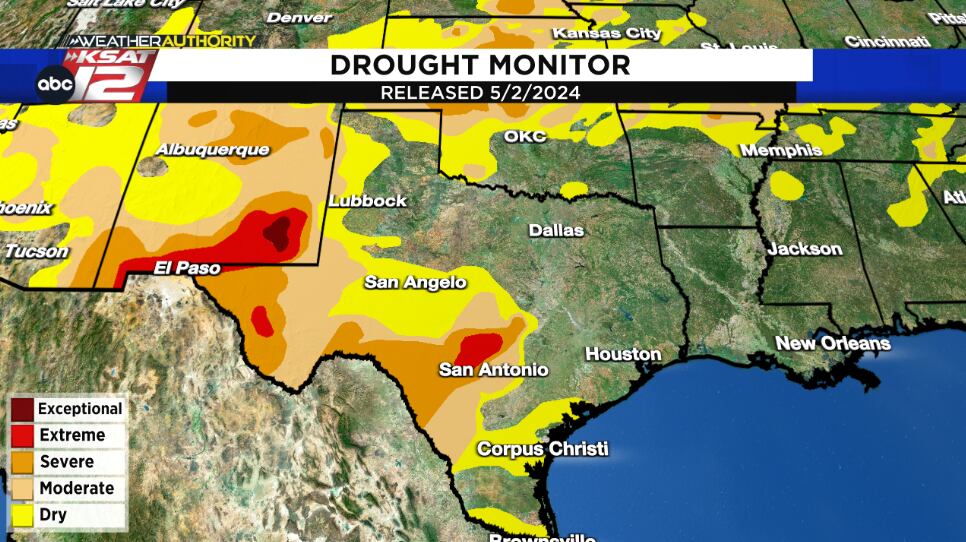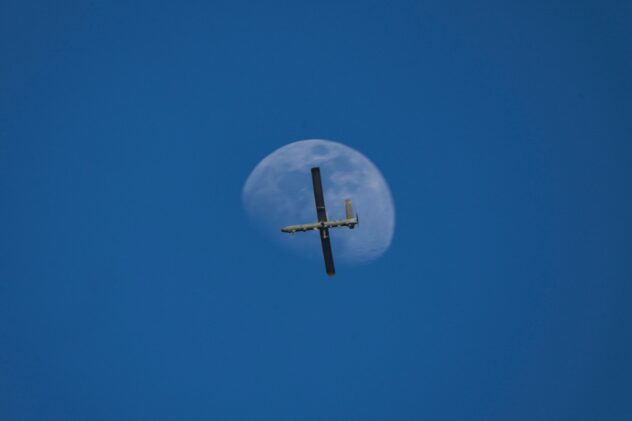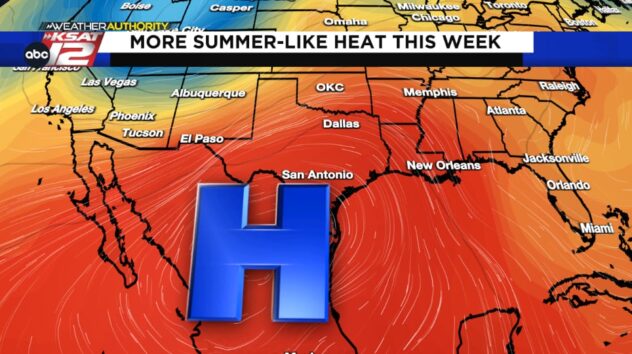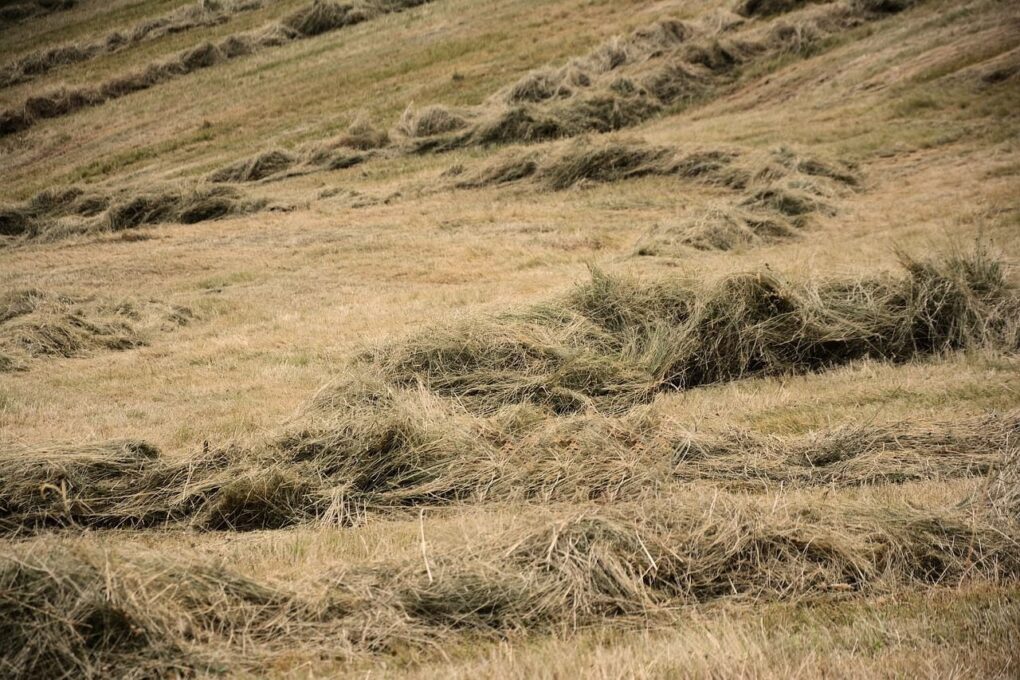
It’s been over two and a half years since all of South Central Texas was last considered “drought-free.” This prolonged drought has taken a toll on lakes and reservoirs, but it’s also had a big impact on hay production for area farmers and ranchers.
Earlier this year, a report from Texas A&M AgriLife stated that hay supply and production remained extremely tight with record-low hay inventories both in Texas and nationwide.
While we are still looking for more rain around San Antonio, experts now say that recent rains found across the state this spring could lead to a better outlook for hay production this season.
Springtime Rain Across Texas
Since March 1 (the start of meteorological spring), San Antonio has officially picked up 4.14 inches of rain.
Much higher rainfall totals have been found across Central, North, and East Texas, with over 15 inches of rain recorded in Waco, over 19 inches in Dallas, and over 25 inches in Huntsville!
Much of the rain in East Texas fell over the past couple of weeks, causing flooding across that part of the state.
Experts with the Texas A&M AgriLife Extension Service say that these spring rains combined with warmer nighttime temperatures have already helped warm-season forages used in hay production grow. Additionally, ryegrass and clovers have already proven to be growing well. This is a start!
Current Drought Across Texas
The Texas drought has been a big factor in low hay production.
The overall lack of rain over the past few years contributed to a lack of growing grass, which forced a lot of farmers and ranchers to buy hay to feed their cattle. But when we’re in a drought, even the hay supply is low. Hay prices increased as a result, making it more expensive for ranchers to buy.
While these recent rains seem to be moving in the right direction, experts say there are still shortages from last year.
When I talked to Dr. David Anderson, Professor and Extension Economist with the Texas A&M AgriLife Extension Service earlier this year, he said that year after year of drought can have a snowball effect on hay, taking fields longer to recover.
“For grasses, pastures, and hay, it takes time for those grasses to recover. So when we have a drought, particularly an extended drought, it may take a couple of years for pastures and rangelands to fully recover,” said Anderson.
Here’s hoping that the Lone Star State (and, of course, us here in South Central Texas) find more rain to add to our ongoing totals this year!
Your Weather Authority will keep you posted.
- Read more from the meteorologists on the Whatever the Weather page
- Download KSAT’s weather app for customized, accurate forecasts in San Antonio, South Texas or wherever you are
- Find the latest forecasts, radar and alerts on the KSAT Weather Authority page

